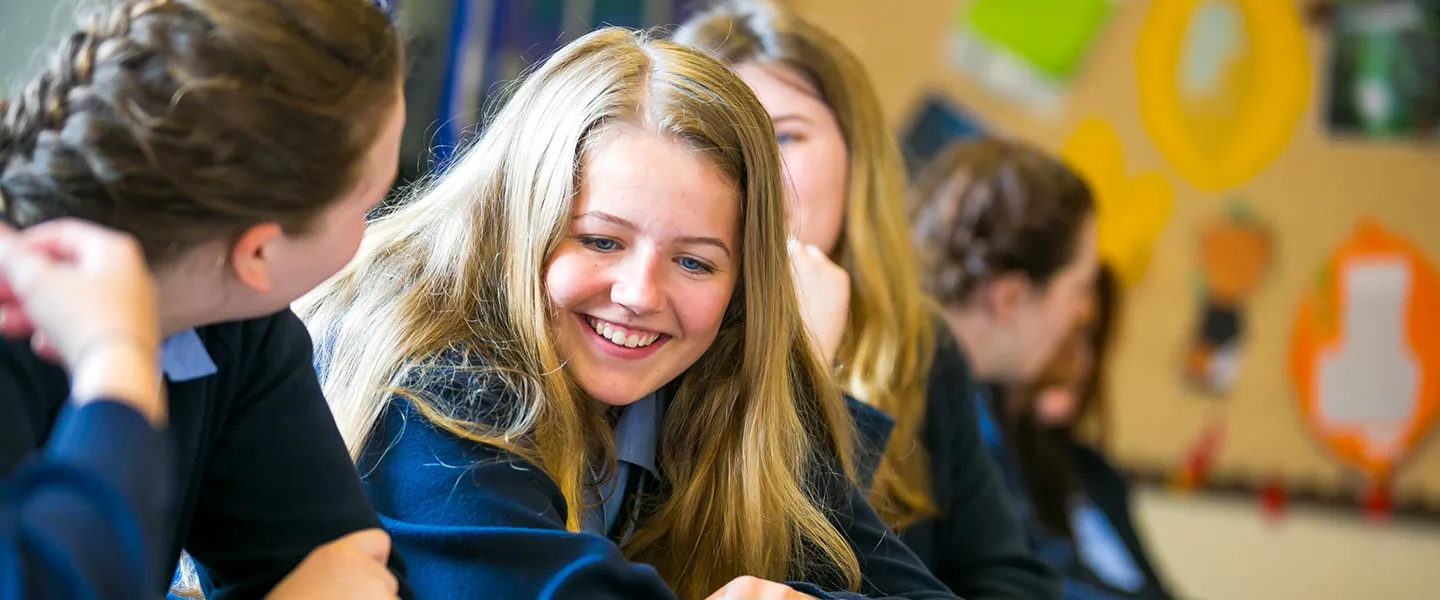Studying for Design Technology GCSE Exams?
At The Queen’s School, we have a saying about creativity and design: “Creativity is allowing yourself to make mistakes. Design is knowing which ones to keep.” For those curious about design and how it works in the world around them, design technology makes a fascinating field of study. It can open many doors for students, including engineering, architecture, design, and CAD (computer-aided design). Design and technology students enjoy seeing their creations and ideas come to life. We’re proud of our innovative programme taught by qualified staff with the support of experienced technicians. If you’re pursuing your design technology GCSE at our Cheshire school, read on to learn more about what to expect.
What Is Design Technology? What’s Studied in a DT Programme?
The Queen’s School makes design and technology a required part of our curriculum in Year 7-9. Students may continue with the subject at GCSE, and we also offer AQA Design and Technology: Product Design at the A-levels. Our design and technology students emerge with more technological awareness achieved through individual and group work, skills-based exercises, and individually designed projects using a variety of hand tools and machines. Many students pair design and technology with art, science, maths, and computer science. Design technology requires creativity and curiosity, with many pupils wanting to know how specific structures are designed for support. To pursue a design and technology degree at the university level, you’ll likely need to have completed some A-level coursework.
What Careers Benefit From a Design Technology Education?
Are you interested in how things work, including taking things apart, putting them back together, and improving them? You may have the aptitude to pursue a career in design technology. Studying design and technology at the GCSE and A-level allows young people to hone their creativity, as well as their problem-solving, communication, and analytical thinking skills. Many industries benefit from this educational background, including engineering, information technology, fashion, architecture, education, and hospitality. Popular careers to pursue after studying design and technology include:
- Mechanical engineers
- Software engineers
- Civil engineers
- Architects
- Graphic designers
- Web developers
- Sound engineers
- Video game developers
- Fashion designers
- Arts directors
- Interior designers
- Carpenters
- Tailors
- Industrial designers
Learn More About the Field by Following These Influencers
Immersing yourself in the world of design and technology is essential to understanding its theoretical principles and applying its practical skills. The Queen’s School encourages our pupils to attend DT Club, where they may use various tools, equipment, and materials to practise their creativity and satisfy their curiosity. Weekly lunchtime sessions are also helpful in exploring various subjects of interest. Following popular influencers in the field on social media can also be beneficial for students. Ones to watch include tech influencer Marques Brownlee, The Tech Chap (Tom Honeyands), Zone of Tech (Daniel Rotar), ColdFusion (debunks myths about cutting-edge technology), or famed interior designers Bee Osborn, Alice Grace, or Jojo Barr if you’re more into the design aspects instead of the technology.
Practical Study Tips to Help You Ace Your DT GCSE Exams
Design and technology students will be assessed through the production of a Design and Make project and a two-hour written paper (each equalling 50% of their total marks). To prepare for your DT GCSE exam, we suggest reviewing past papers for inspiration and implementing these helpful study tips:
- Keep up with your coursework, as the materials you learn and your Design and Make project account for half your grade. You’ll need to document everything during the design and build process. This may sound daunting to students used to more academic coursework.
- Quiz yourself about design and technology principles using flashcards. Flashcards make it easy to memorise essential information from your coursework.
- Observe products around you, asking yourself what processes, materials, and skills went into making them. Why were these products made? What problem do they solve? How could they be improved? Problem-solving and an understanding of materials, components, systems, and structures are all key concepts covered in your coursework.
- The BBC’s Bitesize website is an excellent starting point if you’re looking to supplement your course material with easy-to-read info and graphics. You can also browse the STEM website’s learning centre, which is focused on science, technology, engineering, and mathematics.
- Past papers can also help you prepare for your design technology GCSE exam. Examine the sample questions and examiner commentaries/marks for guidance.
Arrange a Tour or Register for One of Our Upcoming Events
The Queen’s School is dedicated to eliminating gender bias in various fields, including design and technology. More girls than ever are proving themselves in this subject and others traditionally dominated by boys in years past. We’re committed to preparing girls aged 4-18 to lead and shape the world in which they live. If you’re interested in registering your daughter at our esteemed institute of learning, we’d love to discuss our academics, extracurriculars, Entrance Assessments, and more. Reach out today to request more information, arrange a tour, or register for an upcoming event!
Here you can find Design & Technology GCSE past papers
Design & Technology GCSE past papers:
- GCSE – AQA 8552 - Design & Technology Written Paper
These past papers are AQA approved.
